Old School
Vinyl, calligraphy and vintage are three of a handful of trends that have little place in the tech age, but are enjoying a resurgence nonetheless.
By August Pritchett, Armstrong State University
In the digital age, it seems as if just about everyone in the world is plugged in, even the grandparents who have to call their grandkids to help set up a Facebook profile.
The hype in the media exclaims that, soon, society will be better than ever thanks to the latest virtual devices. Most of the emphasis is placed on the millennial generation, the kids who don’t know a world without the internet. Yet, many of the trends of this generation don’t emulate the sci-fi world that the future was is imagined to be. Rather, they reflect the past.
Calligraphy is one art form that has taken over places like Pinterest and Etsy in an elegantly written storm. In a time in which words can appear on a screen without the need for pen and paper, calligraphy, once standard in the pre-internet and typewriter days, doesn’t seem to have a practical purpose other than decorating wedding invitations. However, as esteemed calligraphist Paul Antonio says, people are getting sick of looking at computer screens.
Well, getting dry eyes from staring at a screen for too long could certainly be one reason that people are starting to find pleasure in handwriting instead of typing. Molly Suber Thorpe noted that, “For many people, machine-made uniformity is now less desirable than the tiny, human imperfections and effort recognizable only in hand craftsmanship. The resurgence in calligraphy is specifically a response to the uniformity of digital typography.” People are trading in fonts such as Freestyle Script and Lucida Handwriting in Microsoft Word for the personal touch of hand lettering. Besides, it’s more impressive to use a pen nib to write out a quote instead of typing it up and printing it out.
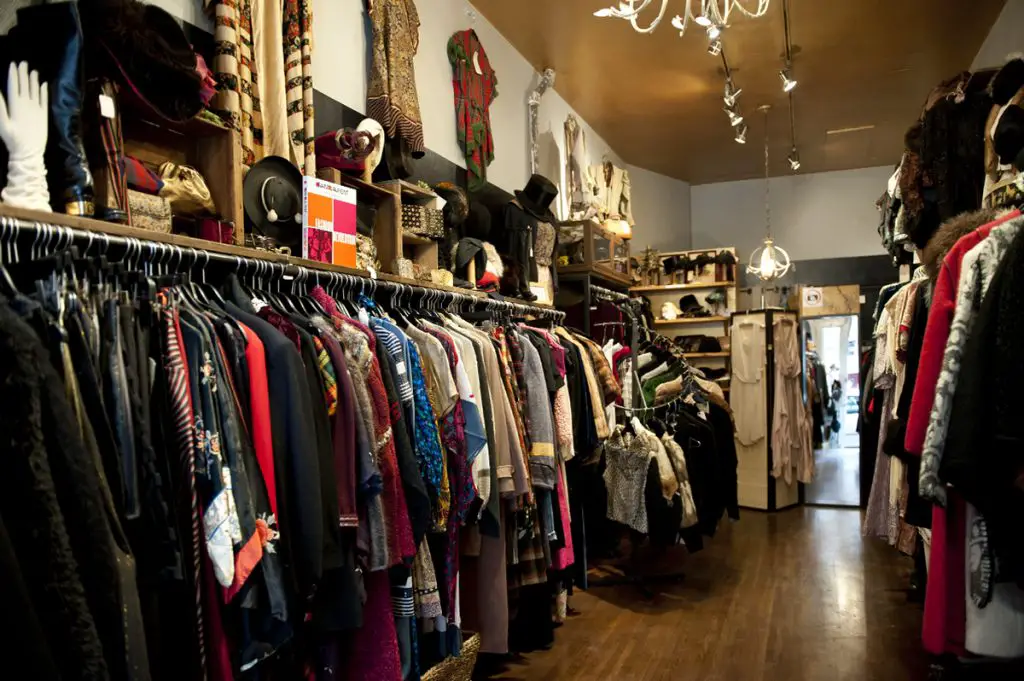
Another trend is a surge of vintage and thrift store clothing. Wearing retro items that no one else owns gives the wearer a sense of individuality, much like the slight differences in handwritten calligraphy that vary from person to person. This directly contrasts the mass-produced clothing sold by brands such as Forever 21 and H&M, which is dubbed “fast fashion” in the industry. The clothing items are cheap and sold to thousands, if not millions, of consumers. At the rate they’re manufactured, they’ll only last a few weeks before something else becomes trendy.
Vintage items, however, can last longer because they haven’t followed any trends since the era they were produced. It’s hard not to attribute fast fashion to the digital age. Whenever the internet is opened, there will most likely be ads telling people what clothes to buy. Social media users with a large following will tell others how to be trendy by wearing a certain skirt or hat that will be sold by the thousands for a hot minute. So, there are thousands of people, all dressed the same, who will move on to the next trend before wearing the skirt or hat more than once or twice. People who wear vintage items, even in combination with the more trendy products, are subtly rebelling against the uniformity that the internet encourages.
Aside from encouraging uniformity, the digital age also takes away from experiences. And, in this case, when I mean experiences, I’m talking about vinyl records. It’s so easy to download an mp3 file from iTunes or pull up a YouTube video to listen to music, yet vinyl records have become extremely popular over the past few years. In 2015, there were nearly 12 million units sold.
Out of all the old fashioned things that millennials find pleasure in, records are probably the most widespread. Even though men take part in the calligraphy and vintage clothing craze, they mostly have a female following. Vinyl records are equally popular amongst both genders (and not excluding transgender, nonconforming and any other identities), and because they cover all genres of music, there isn’t one certain niche or demographic that they appeal to.
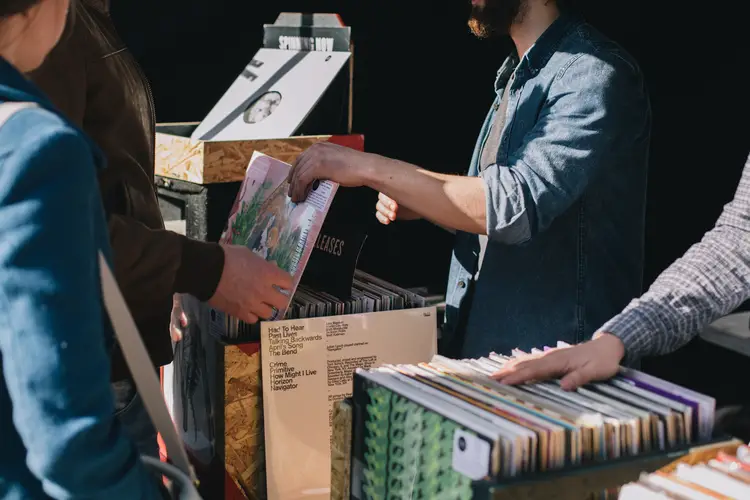
Of course, those qualities also apply to music that’s been streamed online. However, one thing that sets vinyl records apart is that they’re tangible. Downloaded songs cannot be gifted or handed down to another person, however vinyl records can. Technology can also misbehave and all the music could be suddenly deleted or your phone battery could just run low. Pretty much the only way to “delete” a record would be to dispose of it and create more waste, which is the last thing the world needs right now, or to burn them, which creates a lot of fumes and smoke, like the scene in “The Virgin Suicides” when Lux has to throw her records in the fireplace. Unfortunately, I couldn’t find the clip, but basically what happened was that the living room was filled with black smoke that looked deadly to inhale.
The other aspect of vinyl records that sets them apart is that they produce a sound that’s different than digital songs. Scientifically, they have a wider range of sound frequencies than digital. Downloaded songs are compressed so that the files are smaller, but that takes away some of the frequencies.
In addition, people who listen to vinyl records say that the tone has a warmer feel to it, or maybe that it’s more authentic. Plus, there are the little scratching and crackle sounds that add to the experience. To people who enjoy vinyl, there’s something about putting the record in the player, moving the needle on top and flipping it over to the other side that makes them prefer that over digital music.
Calligraphy, vintage clothing and vinyl records are just three things that millennials use that contrast against the digital world that the media says we’re heading towards. Perhaps the generation doesn’t want that. There’s a loss of quality and individuality that comes with what the digital age is trying to promote. As a response, old-fashioned customs are becoming more popular as an escape from this technological world or as a way to stand out.


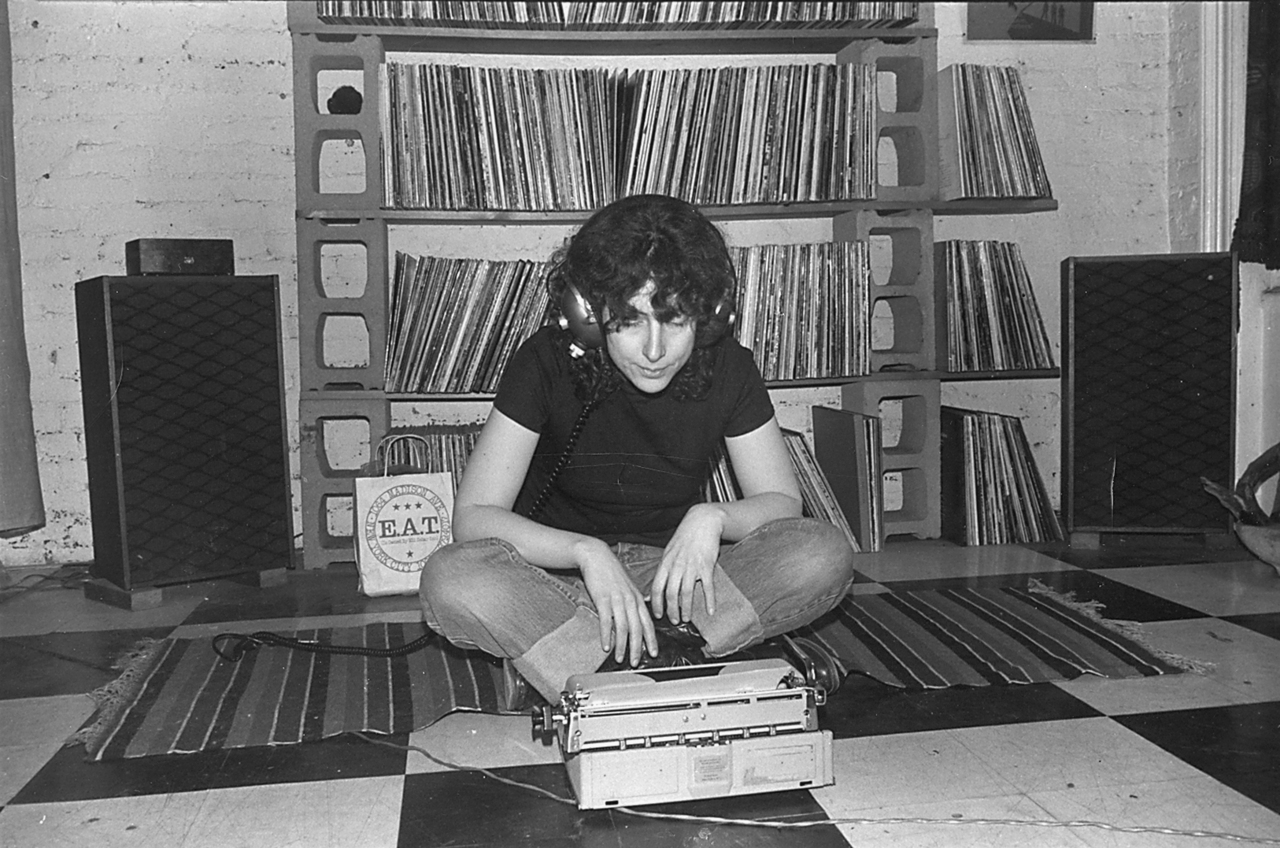





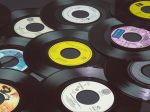
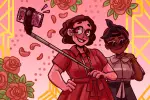








[…] delicately placed in stately cases, may never fully vanish among those who still attempt to revive 20th century affectations. There’s a whole internet of stoners finding new, inventive ways of alternatively feeling the […]
[…] adults who are tired of staring at screens all day, whether at work or school, have brought back calligraphy, and even seek out typewriters to give their eyes a […]